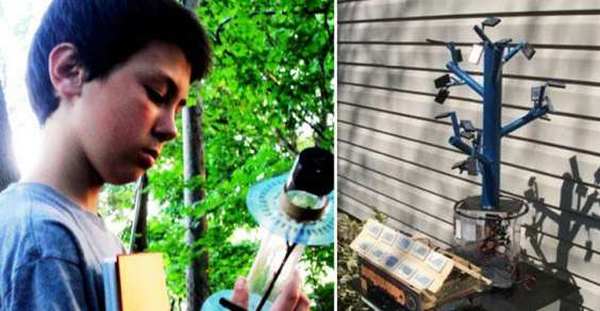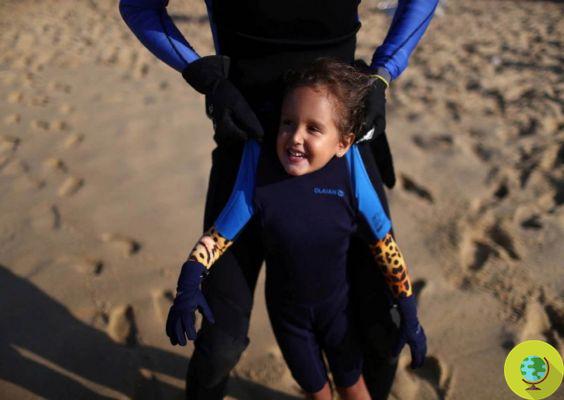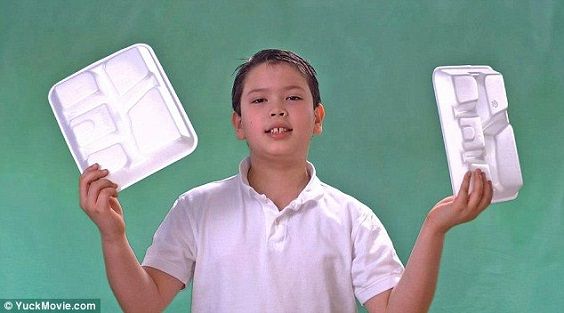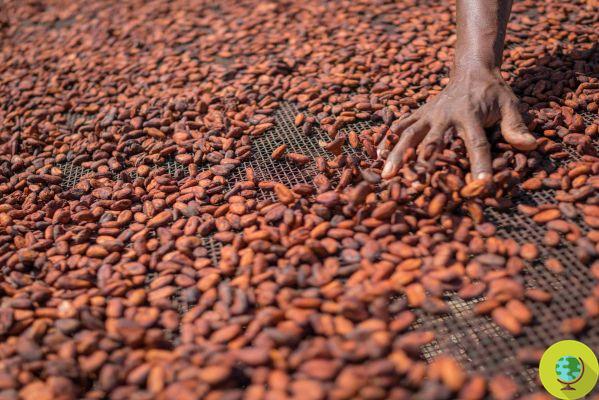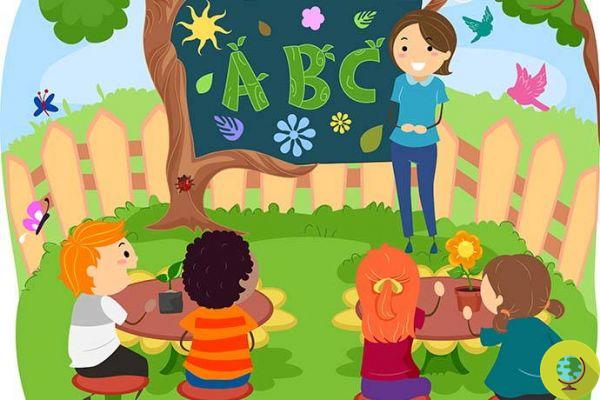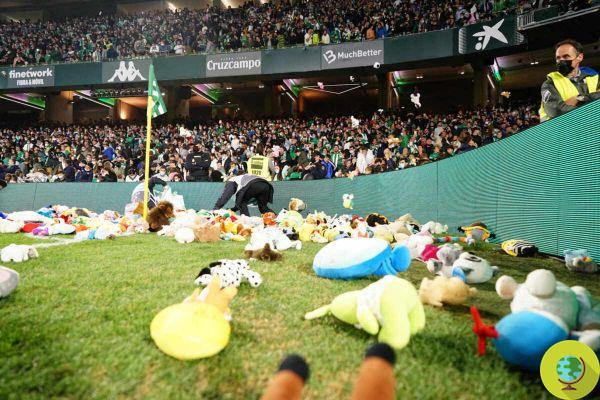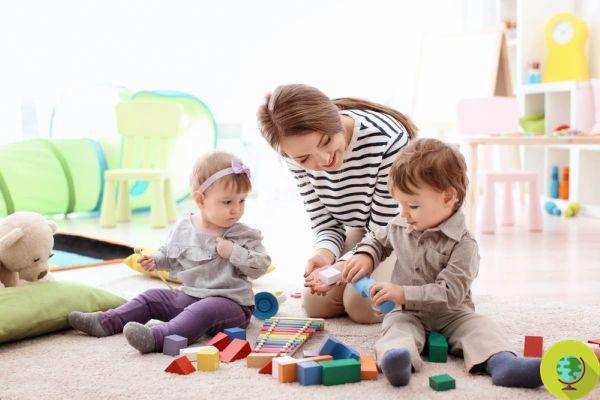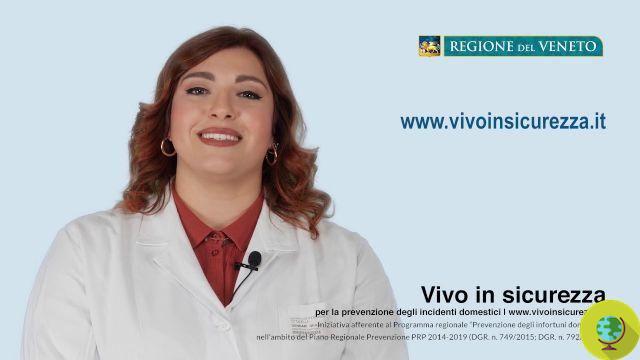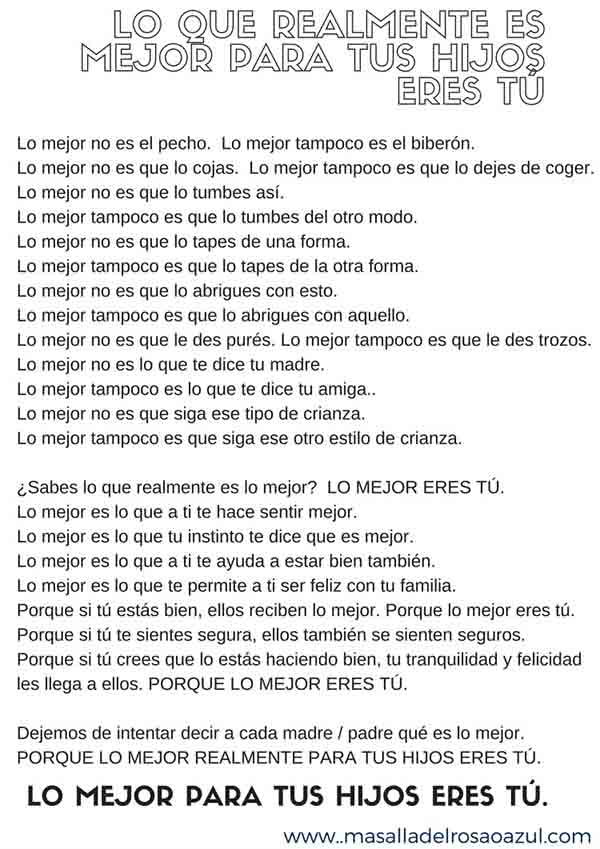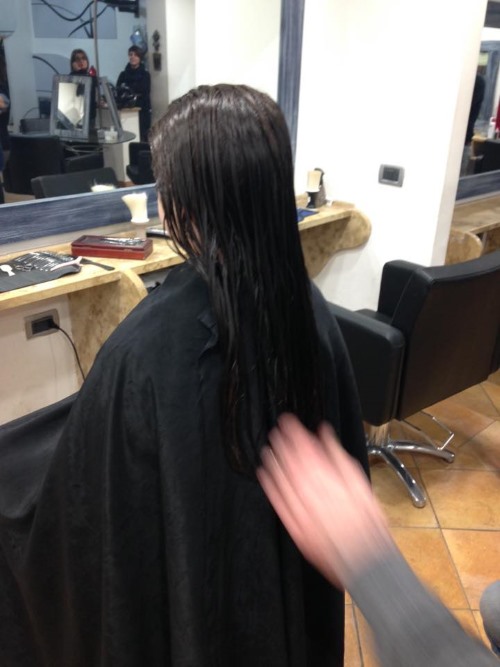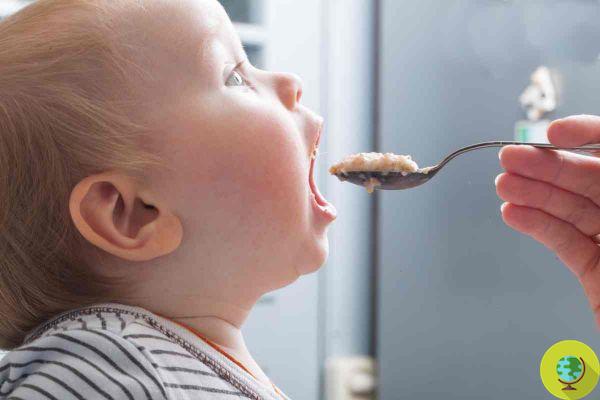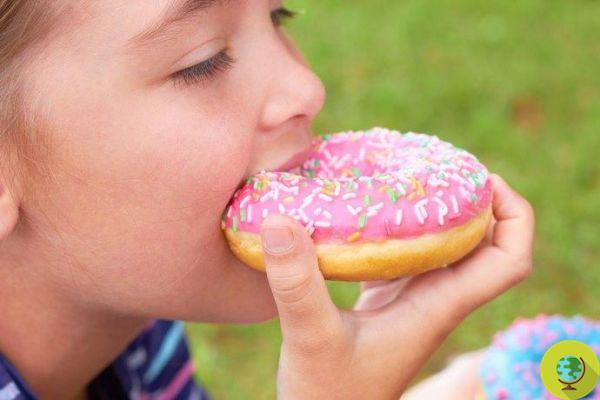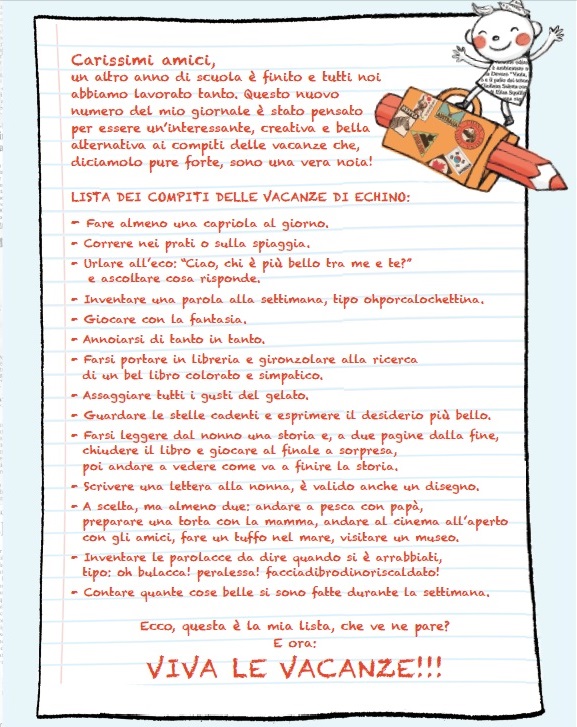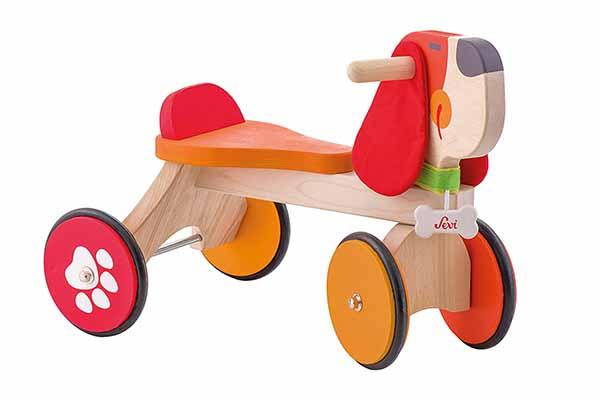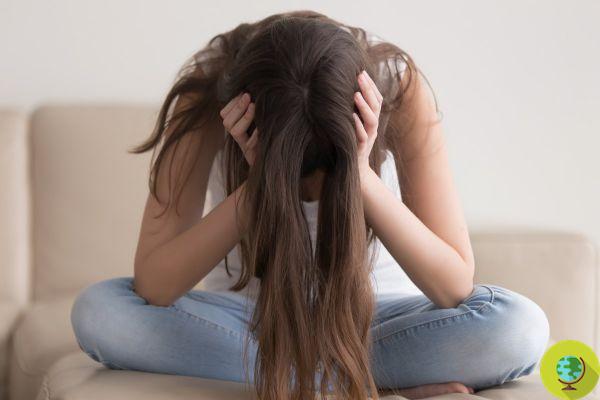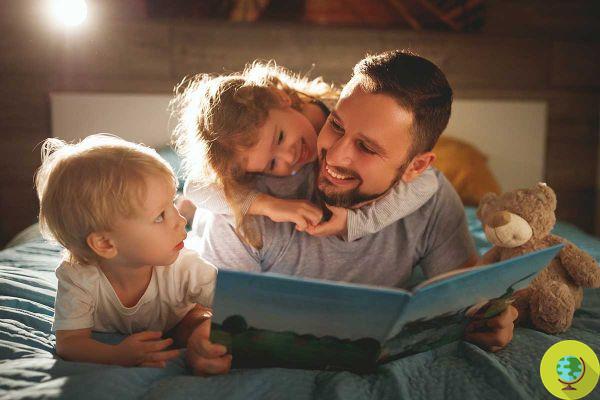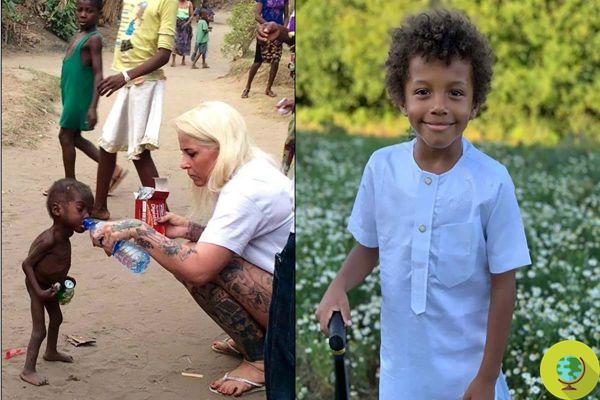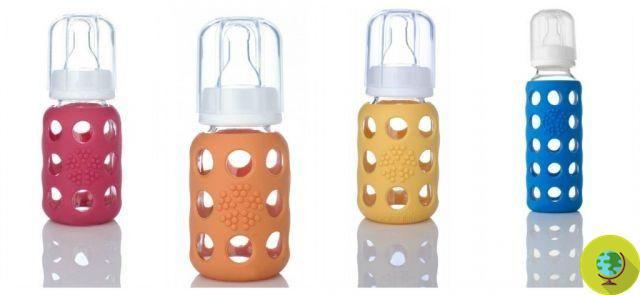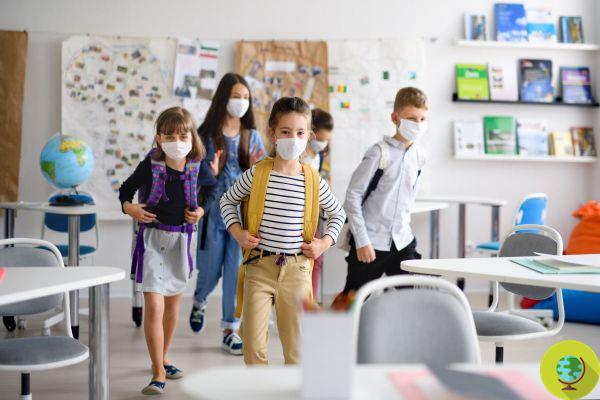A new American study rekindles the spotlight on the problem of "green" certifications which do not always include the absence of Pfas among their criteria. Too many baby products, such as clothes and bedding, are full of these controversial substances
Don't store avocado like this: it's dangerousOn the market there are now an infinite number of products for children that bear "green certifications" and labeled as "non-toxic". But are they really as safe as stated? Not exactly. Sometimes they contain controversial chemicals that can pose a danger to little ones and have negative effects on their health.
An example? The infamous perfluoroalkyl substances, better known as PFAS. This was revealed by a study carried out by the non-profit organization Silent Spring Institute that deals with cancer. The results of the research are alarming: traces of PFAS were, in fact, found in clothes, bedding and other products certified as eco-friendly, which parents (unaware of what they are hiding) buy for their children.
Products for children contaminated by PFAS
For the study, published in the journal Environmental Science & Technology, the Silent Spring Institute's team of experts tested 93 different products aimed at children and adolescents living in the United States, including bedding, home accessories and clothing. Researchers specifically selected those products that are labeled stain resistant, water resistant, "green" and "non-toxic".
What results emerged from the monitoring? 54 out of 93 products contained non-negligible levels of fluoride.
The highest concentration was found in a school uniform T-shirt. - Scientists explain - Products advertised as water or stain resistant, even those labeled as "green" or "non-toxic", are more likely to contain higher concentrations of fluoride than other items.
The researchers then tested a subset of the products, analyzing 36 different PFASs. These have been detected in various products labeled as "water or stain resistant". Here are the key data that emerged from the study:
- PFAS were most frequently found in furniture, clothing and pillow cases
- the highest levels of PFAS were found in pillow cases and clothing
- il PFOA (perfluorooctanoic acid classified by the International Agency for Research on Cancer as possibly carcinogenic to humans) has been found in various products, including those labeled as "green" (almost all from China)
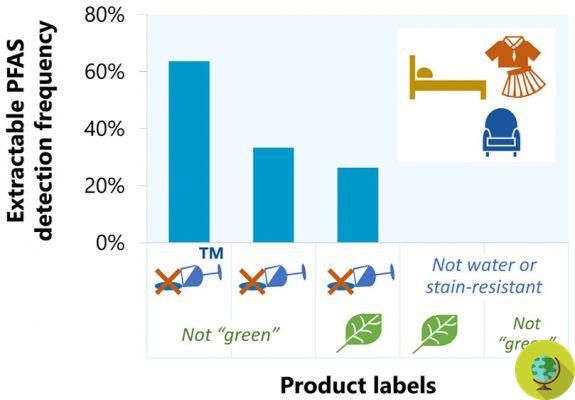
©Environmental Science & Technology
The risks of exposure to PFAS for children
Knowing that objects with which the little ones come into daily contact are full of PFAS is anything but reassuring. Several studies warn about the effects of these substances can cause problems with the thyroid gland, cholesterol and cause cancers.
"There is also evidence that PFAS can alter the immune system, potentially weakening the effectiveness of childhood vaccines and the body's ability to fight infections," the Silent Spring Institute team said.
And on children the consequences of constant exposure to perfluoroalkyl substances turn out to be even more deleterious.
Children's organisms are still developing and are particularly sensitive to chemical exposure - explains Dr. Laurel Schaider of the Silent Spring Institute - It makes sense that parents want to stay away from products that contain materials that could have an impact. on the health of their children now and in the future.
Unfortunately, being able to avoid PFAS altogether is practically impossible today. This category includes over 9000 chemicals, used in a variety of industries: clothing, upholstery, cleaning, household products and packaging. But it is not acceptable that these pollutants are found even in products certified as "green" and "ecological".
The results of the new study highlight the need for green certifiers to include PFAS in their criteria and to conduct a more thorough review of the products they certify, notes Kathryn Rodgers, a researcher at the Boston University School of Public Health and co-author of the research - Green certifications are created by third-party organizations and offer guarantees that a product does not contain certain harmful chemicals. However, certifications vary in their safety standards and do not all cover the same list of chemicals.
The issue should also affect those who market certain products more closely.
Retailers also have a role to play in ending this toxic trail of pollution - concludes Mike Schade, director of Toxic-Free Future's Mind the Store program. - Market power is based on trust. Customers should be able to trust that the retailers they shop at are selling products, especially for children, that are not filled with PFAS.
Follow your Telegram | Instagram | Facebook | TikTok | Youtube
Fonti: Environmental Science & Technology/Silent Spring Institute
Read also:
- Dioxin and other toxic substances in diapers: the alarm (and analyzes) of the French agency
- Carcinogens in Pampers diapers: the alarm from France
- Pfas, researchers have found them in unsuspecting products you use every day
- Not only bisophenol, the list of the most dangerous endocrine disruptors in products that you do not expect
- Children's bodies are filled with plastics and PFOA, the new study




